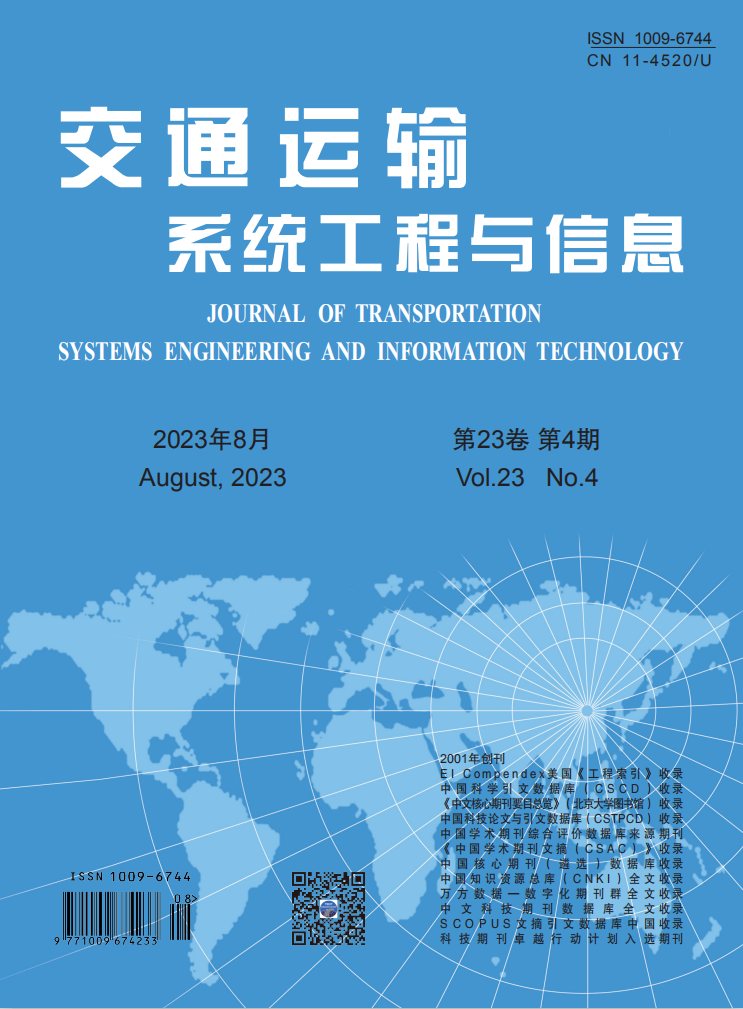|
|
Port Staff Trajectory Extraction Based on Deep Learning and
Multi-level Matching Mechanism
CHEN Xin-qiang, WANG Mei-lin, LI Chao-feng, YANG Yang, MEI Xiao-jun, ZHOU Ya-min
2023, 23(4):
70-79.
DOI: 10.16097/j.cnki.1009-6744.2023.04.008
Due to the complex spatial layout of the port environment, the difficulty of accurate tracking of port staff
exists under the interference of complex backgrounds such as container yards, lifting machinery, loading, unloading,
and transportation equipment. This study proposes a trajectory extraction framework based on a Faster-RCNN
detection algorithm and an improved Deep SORT tracking algorithm for port surveillance video. In this framework, an
adaptive Gaussian noise reduction and histogram equalization algorithm were added, and the image enhancement
technology and Person Re-identification network were integrated to extract the feature information of port images, to
improve the rapidity and accuracy of the track extraction of port staff. The detection results of the port staff image
sequence were output through the pre-feature extraction network, the candidate region suggestion network, the pool of
interest area, and the full connection layer. The location information of port staff was matched by cascade matching and
the Hungarian algorithm. Finally, the motion trajectory of port staff was predicted by the Kalman filter. The results
show that the proposed method has good performance in the face of challenges such as different light changes, low
visibility, and shadow interference in each typical port scene. The average values of EIDF1 , EIDR , ERCLL , and EMOTA are
98%, 97%, 97%, and 95%, respectively. The conclusion shows that the FRIMDS framework proposed in this study has
certain accuracy and stability, and can provide technical support for the safety supervision of automated terminals.
References |
Related Articles |
Metrics
|


